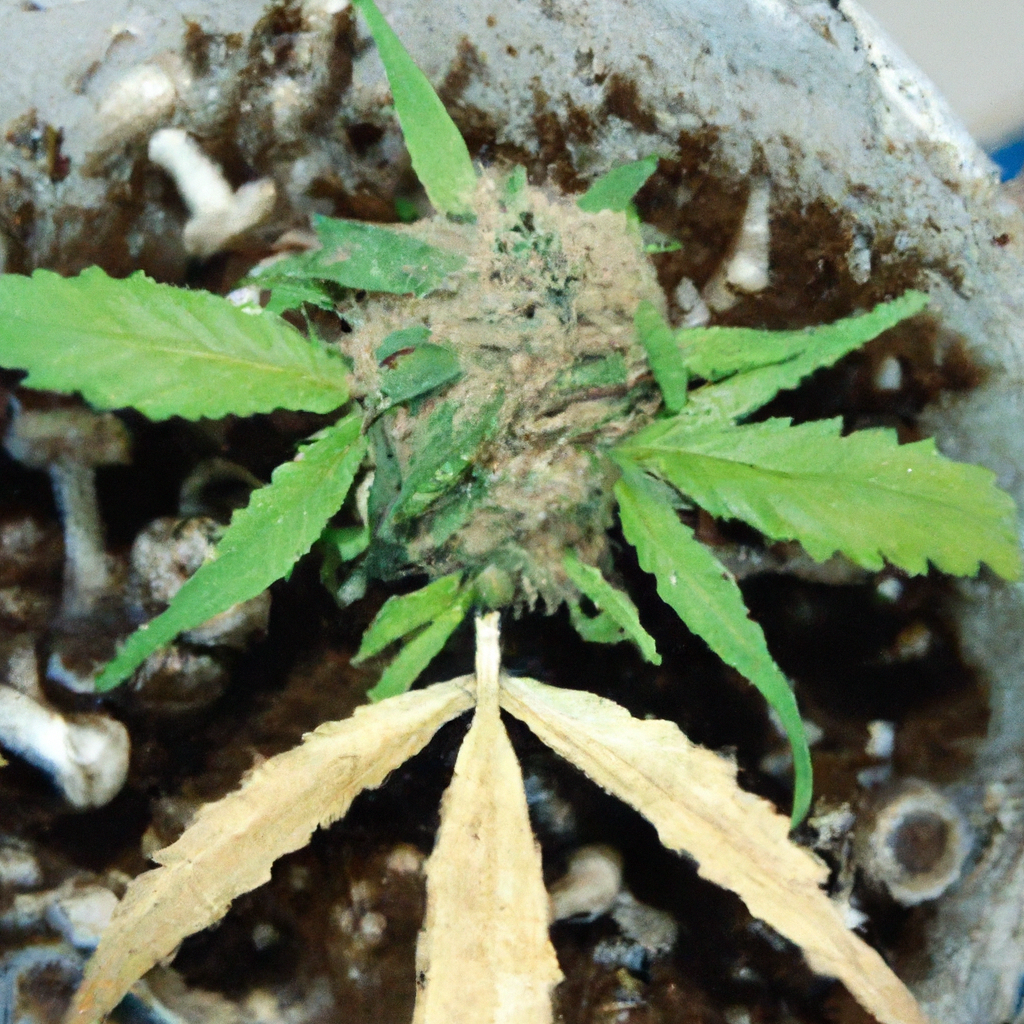Welcome to another exploration of sustainable cannabis cultivation. Today, we delve into the fascinating world of fungi, specifically focusing on how leveraging fungal allies can transform cannabis cultivation for the better. From improving soil health to enhancing nutrient uptake, fungi play a crucial role in creating a sustainable, thriving garden.
The Magic of Mycorrhizae
Mycorrhizal fungi form symbiotic relationships with plant roots, significantly extending the reach of root systems without consuming additional energy. These natural fungi help increase the plant’s ability to access water and nutrients, particularly phosphorus, thereby boosting growth and resilience.
- Boosting Nutrient Uptake: Mycorrhizae extend root networks, allowing plants to access more nutrients efficiently.
- Enhancing Soil Structure: These fungi improve soil structure, making it more porous and enhancing air and water movement.
- Disease Resistance: Plants partnered with mycorrhizal fungi often demonstrate increased resistance to disease and harsh weather conditions.
Introducing Trichoderma: The Natural Defender
Trichoderma species are versatile fungi used extensively in modern agriculture as biocontrol agents. In cannabis cultivation, they offer sustainable protection against a range of pathogens and enhance overall plant vigor.
- Pathogen Suppression: Trichoderma colonizes root zones, outcompeting and inhibiting harmful fungi and pathogens.
- Plant Growth Promotion: These fungi release plant growth-promoting substances, leading to robust and healthy plant development.
- Environmentally Friendly: Using Trichoderma reduces the need for chemical pesticides, promoting a more organic cultivation approach.
Practical Application: How to Incorporate Fungi in Your Grow
If you’re ready to harness the power of fungi in your cannabis garden, here is a step-by-step guide to get started:
- Select the Right Fungi: Choose a reputable mycorrhizal inoculant or Trichoderma product tailored for cannabis growing.
- Applying Fungi: Incorporate these fungi into your soil mix or directly onto seedling roots. Follow product instructions for the best results.
- Optimize Conditions: Ensure your soil remains moist but not waterlogged and maintain balanced pH levels to support fungal growth.
- Monitor Progress: Watch for enhanced growth patterns and adapt practices based on observed plant health and performance.
Conclusion
By integrating fungal allies like mycorrhizae and Trichoderma, cultivators can take significant strides towards more sustainable and productive cannabis cultivation. These natural partners not only optimize plant health but also reduce the ecological impact of growing operations. Remember, in the world of cannabis cultivation, every small shift towards nature-inspired solutions contributes to healthier plants and a healthier planet.
Until next time, happy growing.
John “Magic” Greenleaf
Growing greatness, one strain at a time.
Tags: Sustainable Cultivation, Organic, Indoor Micro-Growing, Environmental Control, Sustainable Growing


Leave a Reply